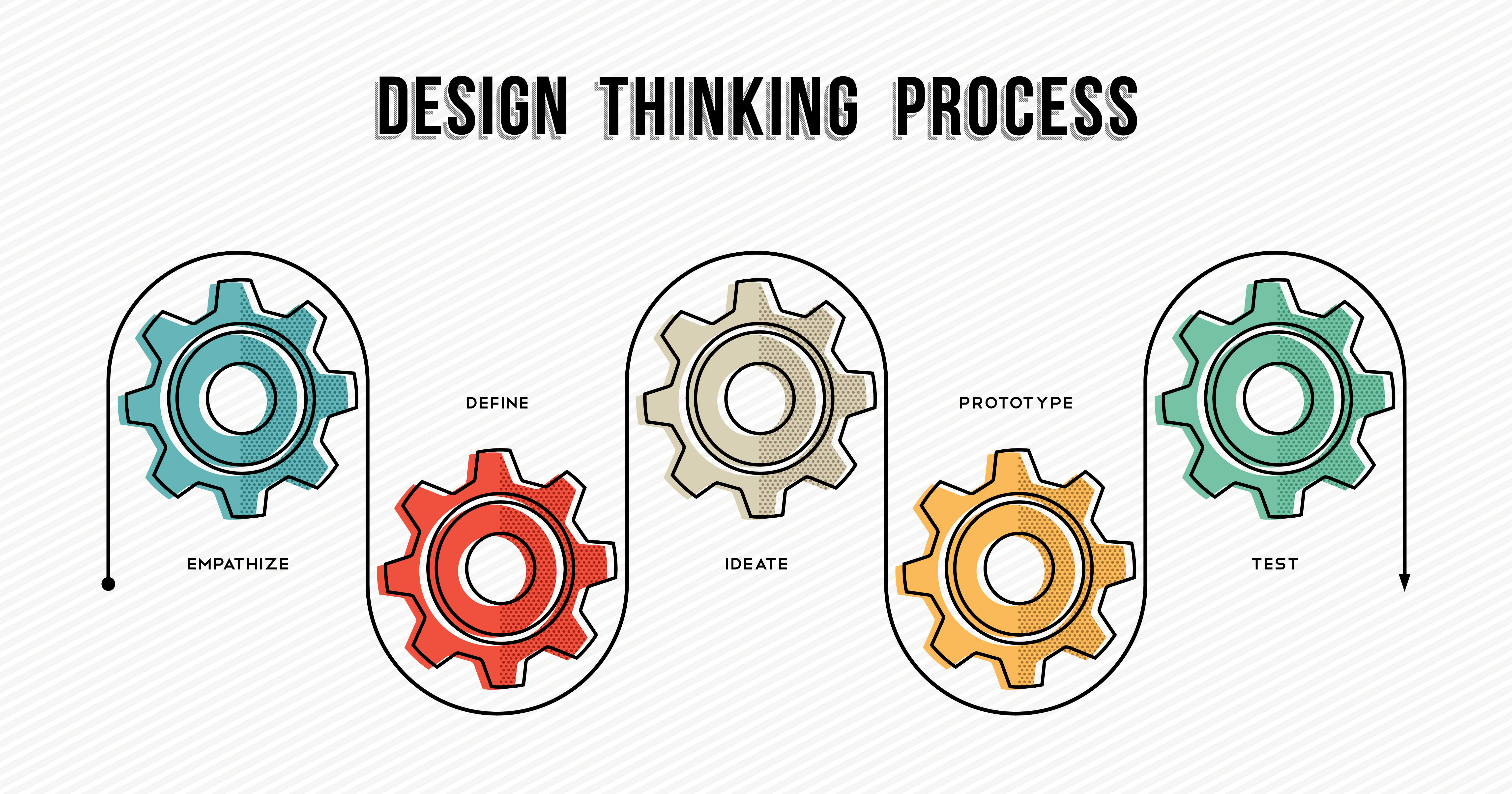 In the 1994 action film Speed, with Keanu Reeves and Sandra Bullock, a homicidal madman plants a bomb on a Los Angeles city bus and rigs it to explode if the vehicle’s speed falls below 50 miles per hour. (Spoiler alert: The good guys win and boy gets girl.)
In the 1994 action film Speed, with Keanu Reeves and Sandra Bullock, a homicidal madman plants a bomb on a Los Angeles city bus and rigs it to explode if the vehicle’s speed falls below 50 miles per hour. (Spoiler alert: The good guys win and boy gets girl.)
Modern business, in a way, is a bit like Speed minus the plot, stunts, and special effects. Successful businesses are the ones that go fast. Those that can’t or won’t keep up may not explode, but can suffer fatal consequences.
What do we mean by “fast?”
Fast is first: First to identify and serve new markets, first to market with a new product or service, first to respond to changing market dynamics. Ask the folks at Research in Motion, makers of the Blackberry line that once dominated the mobile phone market, what happens when a company fails to go fast.
How Does a Company Go Fast?
There are many ways in which a company can keep up and go faster than the competition. Here are a few:
- Innovate: Come up with new, better ways for customers to do things. Develop products and services that people don’t even know they need, but find they can’t live without.
- Drive efficiency: Practice continuous process improvement. Eliminate redundancy, waste, and non-value-added activities in internal business processes.
- Fail early: If a product or service is not going to be a winner, find out as early as possible so you can abandon it and work on something else.
- Develop in one place: Offshoring development may realize short-term cost savings, but these are largely offset by communication problems and delays. When it takes 24 hours or more to get an answer by email from a developer halfway around the world (maybe longer if the developer didn’t understand your question the first time), you can’t go as fast as the company with developers across the hall that can provide answers in a five-minute face-to-face chat.
But the one go-fast thing in which many businesses engage today is pursuing digital transformation.
How Digital Transformation Accelerates Business
What happens when a business successfully executes a digital transformation? The effect depends on the process that has been digitally transformed. Different projects realize different benefits. But assuming the effort was a bona fide digital transformation (complete with an updated, streamlined, and perhaps automated business process) and not an online version of a paper-based process, the business should accrue any of the following advantages:
- More and better data is available for decision-making.
- More customers can be served.
- More tasks can be completed in the same amount of time.
- More transactions can be processed.
- Process tasks can be completed in less time.
- Stakeholders suffer less redundancy in processing, less manual drudgery, and fewer gaps in information.
- Talent has more time for value-added activities.
- Turnaround time is faster.
A successful digital transformation enables a business to go faster.
How Design Thinking Accelerates Digital Transformation
Successful digital transformations don’t come easy. There are typically lots of moving parts, and many things have to fall into place in order for a business to pull it off.
One important factor in successfully executing a digital transformation is speed. A digital transformation project that takes two years to complete is unlikely to be called a “success,” because the business landscape isn’t the same as it was when the project started. Customers and competitors have moved on, and the transformed process has landed in a place where it needs to be transformed again.
There are several reasons why digital transformation projects can fail:
- The company’s organizational maturity level isn’t where it needs to be.
- The processes around planning and executing the project are poorly defined or not followed.
- Upper management isn’t supporting the initiative—they want to see results, but are unwilling to dedicate the resources to make it work.
- Stakeholders don’t see the value in the transformation, have a vested interest in maintaining the current state, or simply fear organizational change.
- End users feel no sense of ownership—they feel they have no input in the project and the new processes and tools are being crammed down their throats.
- The scope of the project is not sufficiently constrained; requirements are poorly defined or poorly understood, and the project suffers from “scope creep.”
- The final deliverable ends up not meeting anyone’s needs or any of the original goals.
A company can avoid most of these stumbling blocks and keep a digital transformation project on-track by adopting design thinking up-front.
Benefits of design thinking include:
- Clarity in the scope, goals, and motivations for the project
- Buy-in from all participants
- Ownership sense in all stakeholders
- Flexibility to change the design when warranted by changing business conditions, competitive landscape, or market environment
And guess what? All of these benefits and more, help accelerate a digital transformation project. Design thinking removes the obstacles that can derail a project, keeps the participants focused, and draws a clear boundary around the project to prevent scope creep and analysis paralysis.
Where to Start
For an organization that has no experience implementing a digital transformation project, leveraging design thinking, or both, it might take a couple of projects before everyone feels comfortable with the process. In this case, it’s best to start with small, low-risk projects before embarking on more ambitious initiatives.
It can also help to engage an experienced partner. AndPlus has extensive experience with digital transformation projects. Design thinking is part of our DNA. We can guide you through the process and develop the right solution for your digital transformation.
Digital transformation can be daunting, but you don’t have to do it alone. We’re here to help.

















